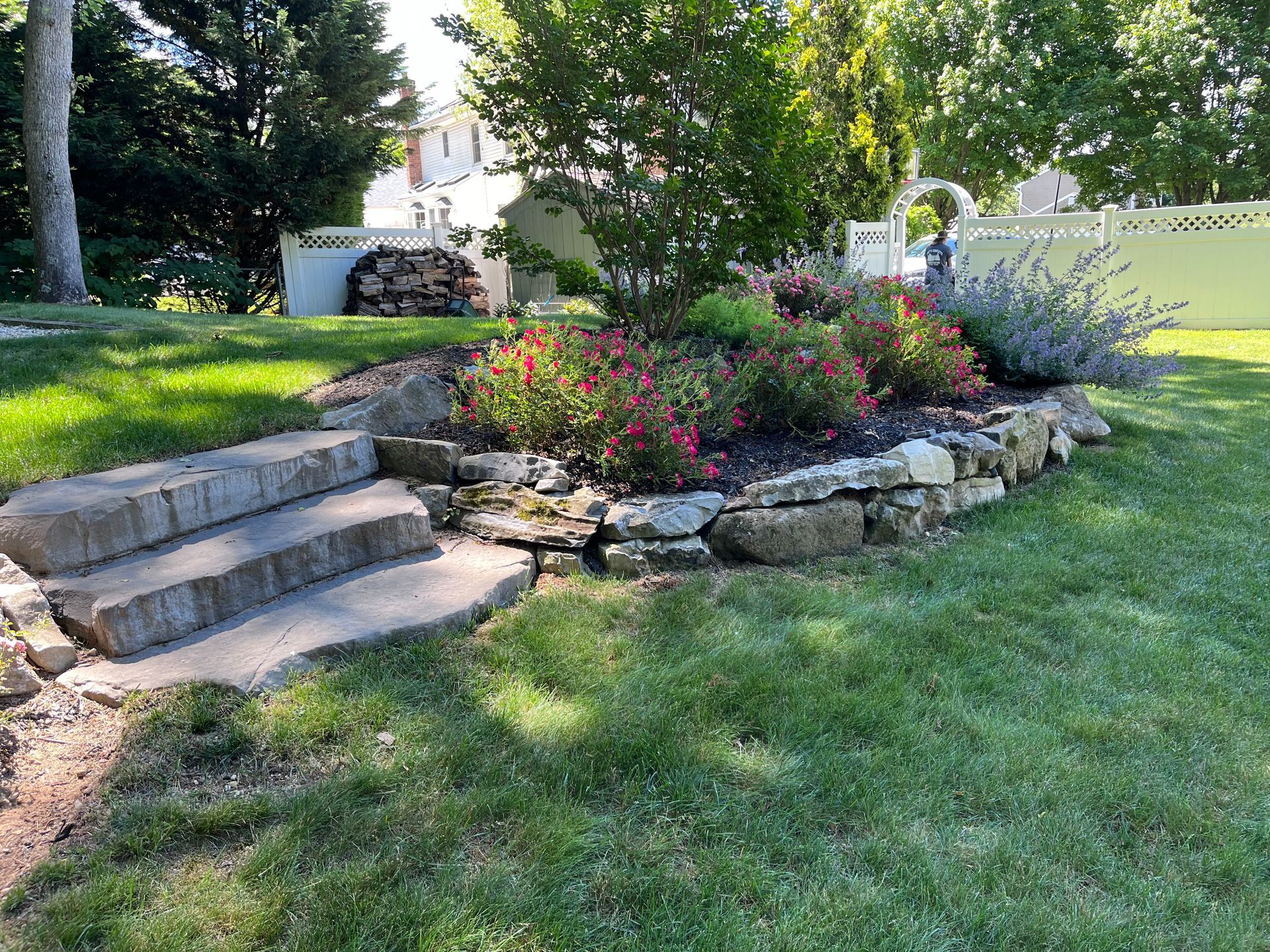How to Prepare Your Garden for Spring: Essential Landscaping Tips
August 28, 2024
After winter's cold fades and April arrives, evaluate your garden. Getting ready for spring goes beyond appearances; it's about laying the groundwork for a blooming scene that accentuates the curb appeal of your house and offers a welcome outdoor haven. This book provides essential actions to rouse your garden from its winter sleep so it blossoms vibrantly. Welcome the cohesiveness with eagerness and preparedness when your outside areas change. Allow every step in this tutorial to enable you to create a landscape that is not only aesthetically pleasing but also sustainable and robust. Get ready to combine passion with pragmatism to revitalize your beloved garden areas.
Foundation of Vitality: Soil Assessment
Evaluating the condition of your soil is absolutely critical before any planting starts. Winter can rob nutrients and compress the soil. To increase oxygen flow and water absorption, first aerate your ground. Examining the pH of the soil is also very important; this will determine the kind of amendments you would need to provide: lime for acidic soil or sulfur for alkaline circumstances. Invest time in learning the ground under your feet since good soil equals good plants. Starting at the base ensures that your soil is ready for the planting season, so unlocking the whole potential of your garden. This basic initial step opens the path to a brilliant, rich garden.
Redoing Plant Beds: Clear and Growable
Eliminating accumulated dead leaves, branches, and weeds should be one of the first chores in your spring garden. Not only is this trash ugly, but it can also provide a haven for bugs and diseases. Add compost to supply fresh nutrients after the beds are clear. By helping to mix in the compost and release any compaction caused over winter, tilling the ground can start clean, which is really vital; consider it as your spring masterpiece's fresh canvas. Give your plant beds great energy, and see how they pay back the favor with strong development and flowers. Refresh, refresh, and revitalize; your garden will show thanks with great expansion.
Strategic Placing and Timing Matter in Planting
When the ground is ripe, consider what to plant. Many shrubs, perennial flowers, and trees find early spring perfect. Think about the mature dimensions of the plants to prevent crowding and make sure every one of them has enough area to reach nutrients and sunshine. Including many varieties that bloom at different periods during the spring and summer will ensure ongoing color and brightness. Think forward; the design of your garden will determine its long-term viability and attractiveness. Strategic planting improves the aesthetic and ecological balance of the garden as well as maximizes space. You guarantee a season rich in life and color by selecting the right moment and location for every plant.
Mulching: More Than Aesthetics
Retention of moisture, weed control, and a neat, unified appearance in your garden depends on mulching. About two to three inches of mulch around your plants can greatly cut the water required and help to control the weeds. Select a mulch that fits your garden's look as well as the demands of your soil and plants. Mulch proves its value beyond only beautifying since it helps control soil temperature and stop erosion. Think of mulch as the shield against the elements of your garden. Selecting and applying mulch well will help your plants grow all year long in a loving atmosphere.
Pruning: Supporting Optimal Development
Pruning most plants is best done in spring. Pruning promotes good development and flowering in addition to helping plants to be shaped. Eliminate any dead, damaged, or diseased limbs to stop pests and diseases from compromising the plant throughout the growing season. Use sharp, clean pruning tools to create quick, healing, clean cuts. You are pruning to provide your plants with a fresh start. This necessary habit guarantees that the plant's energy is focused on good development. Prune deliberately, knowing that every cut signals your plants to grow.
Irrigation: preparing for success
Effective irrigation is vital, particularly as temperatures start to rise. Make sure your irrigation system uniformly covers all of your garden and looks for leaks or obstructions. If you do not have an irrigation system, you should consider drip irrigation systems for efficient watering that lowers water waste and evaporation.
Management of Pests and Diseases: a Preventive Approach
Early pest and disease identification and control will help to save a great deal of later trouble. Look over your plants often for evidence of insect damage or disease. For mild infestations, natural therapies such as insecticidal soap or neem oil can be quite successful without turning to strong pesticides. Maintaining a keen eye helps to avoid small problems turning into large headaches.
Fertilizing Your Plants:
Plants will especially gain from a boost in nutrients when they begin to grow. Based on the soil test findings, select a fertilizer that fits the particular requirements of your plants. Great for giving a consistent supply of nutrients without running the danger of overfeeding and scorching your plants are slow-release fertilizers.
Key to Long-Term Beauty: Regular Maintenance
Regular maintenance is essential for a garden's lifetime and vigor. Create a gardening calendar to log pruning, weeding, and watering chores throughout the year. Frequent plant inspections and quick problem resolutions help prevent many issues from getting out of hand and maintain the finest possible appearance of your yard. Routine upkeep is the pulse of a vibrant garden.
Conclusion
These rules will help your garden not just survive but thrive all through the spring and beyond. Whether your level of skill with gardening is low or high, investing time to prepare your garden properly will result in a rich, colorful outside area. Pats Complete Landscaping is always ready to provide professional advice or help should you require it. See the splendor of spring in your meticulously kept garden! Accept this season of rebirth with open arms and a ready-made garden poised to explode into life. Every day should present a fresh scent, a bloom, and the delight of outside living. Spring is a season of beginnings; with these actions, your garden will be leading the front stage in this energetic rebirth.



